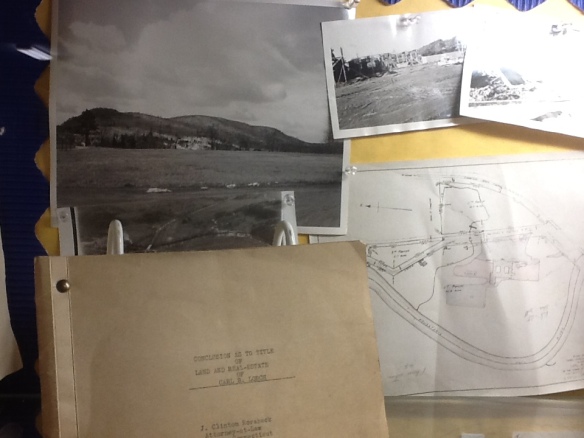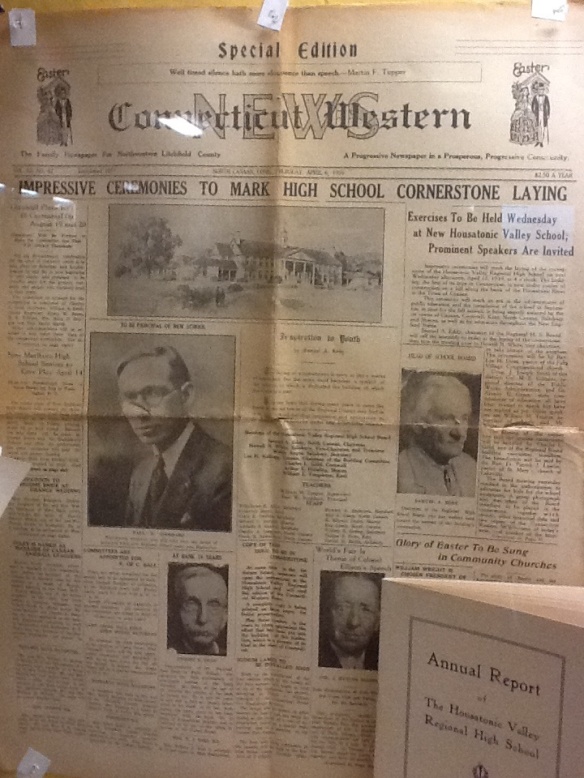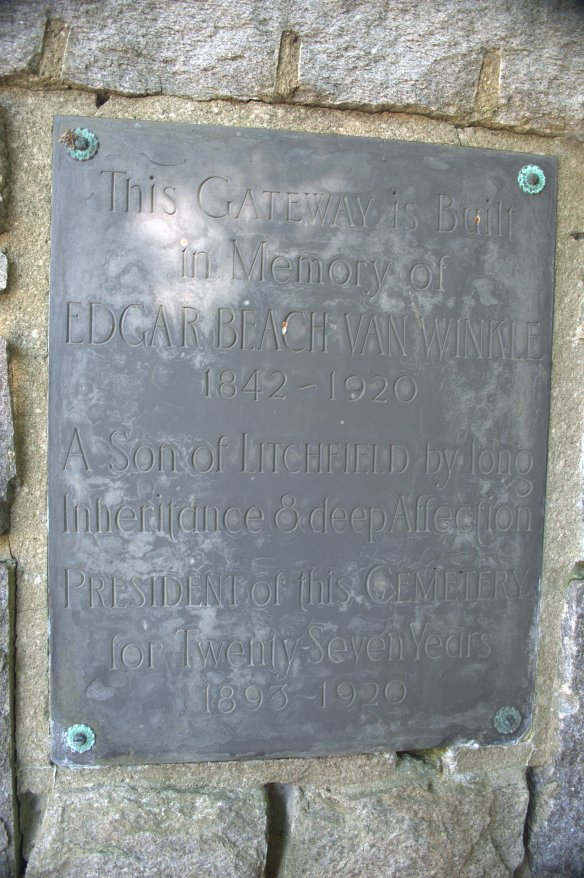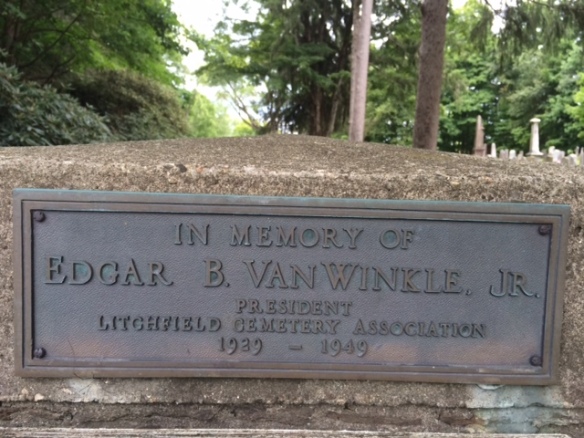Prior to 1939, the six towns that currently comprise Regional School District #1 – Canaan, Cornwall, Kent, North Canaan, Salisbury, and Sharon – each had their own high school. The cost of providing secondary education in such small towns, especially in the midst of the Great Depression, was becoming increasingly problematic. In 1935, to reduce these costs and to provide a broader array of academic and extracurricular activities, William Teague (the state-appointed supervisor of rural education) proposed a consolidated high school for the six towns. In 1937, the state legislature passed a bill creating the new district and establishing the first regional high school in New England.
Later that year the Regional School Board purchased 75 acres of the Lorch farm at a central point in the region, overlooking the Housatonic River in Falls Village. Ernest Sibley was hired as the architect and he designed the school in the Georgian Revival style that was popular among New Deal buildings. In 1938 the cornerstone of the building was laid.
The land, building and equipment associated with the school cost $347,180. Of this amount, $326,946 came from the Public Works Administration, a New Deal agency designed to build governmental buildings and structures. Thus, Housatonic became one of the 7,488 schools built by the PWA.
Paul W. Stoddard, an English teacher from Hartford’s Bulkeley High School, was hired as the school’s first principal and oversaw not only the hiring of the entire staff but also the drafting of the school’s curriculum. When school opened for the first day on September 25, 1939, the school was in an unfinished state. Its 374 students trod on bare cement floors, had no lockers, and heard no bells.
A motto was selected for the school – Felix Prole Virum – “blest in offspring, wise and strong.” As the towns of northwest Connecticut celebrate their high school’s 75th anniversary, that motto remains painted above the doors to the school.










